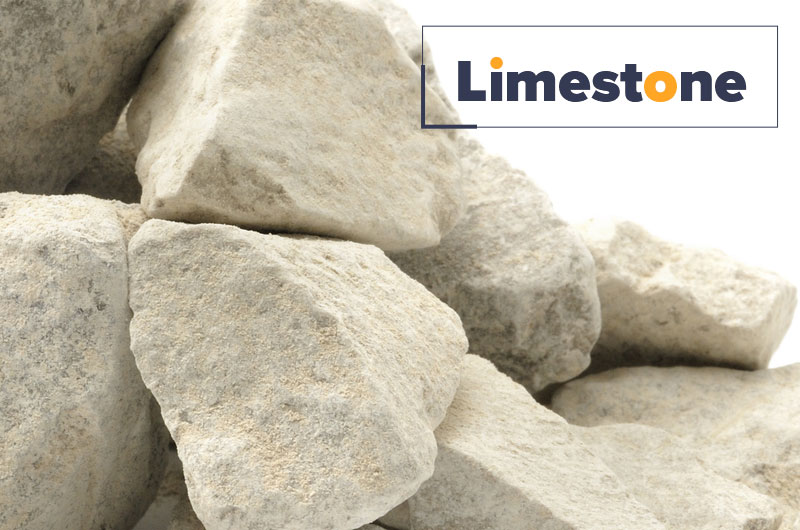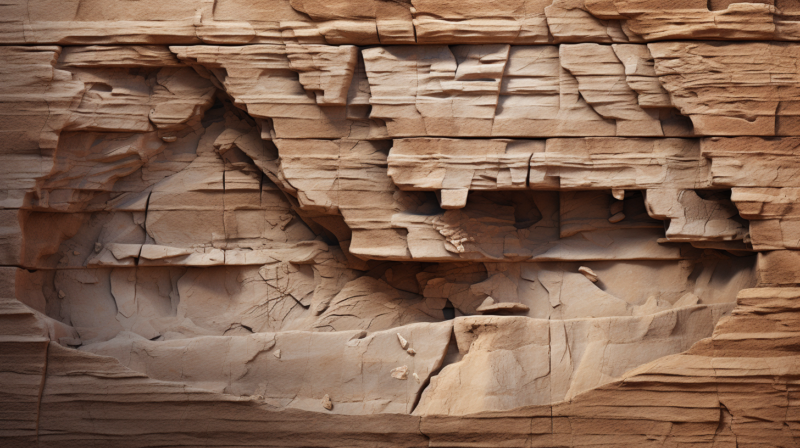What is Quartzite?
Quartzite is a hard, metamorphic rock that forms when quartz-rich sandstone is subjected to high pressure and temperature over long periods of time. This process causes the quartz grains in the sandstone to recrystallize, resulting in a dense, durable rock. Quartzite is primarily composed of quartz (silica), with minor amounts of other minerals such as feldspar and mica.
Benefits of Quartzite
- Durability and Strength
- Quartzite is known for its incredible hardness and resistance to wear and tear. It ranks 7 on the Mohs scale of hardness, which makes it harder than granite. This makes it highly durable and suitable for heavy-duty applications.
- Aesthetic Appeal
- Quartzite comes in a variety of colors, including white, gray, pink, and red. Its natural beauty, along with its polished and smooth texture, makes it highly desirable for decorative purposes.
- Heat and Chemical Resistance
- Quartzite is heat-resistant and does not absorb heat easily, making it a great material for use in areas with high temperatures. It is also resistant to chemical weathering, which ensures its longevity in outdoor environments.
- Low Maintenance
- Once sealed, quartzite surfaces are relatively low-maintenance. They are resistant to staining and can withstand harsh cleaning products without damage.
- Eco-Friendly
- Quartzite is a natural stone, making it an environmentally friendly material. It does not release harmful chemicals into the environment and is recyclable.
Uses of Quartzite
- Construction
- Countertops: Quartzite is a popular material for kitchen and bathroom countertops due to its durability and aesthetic appeal.
- Flooring: Its resistance to wear and tear makes it ideal for flooring in both residential and commercial spaces.
- Wall Cladding: Quartzite is often used as an exterior cladding material for buildings, providing a natural, sophisticated look.
- Landscaping
- Paving Stones: Quartzite is commonly used for outdoor paving stones, walkways, and patios due to its resistance to weathering and its attractive appearance.
- Retaining Walls: The strength and durability of quartzite make it suitable for constructing retaining walls in landscaping projects.
- Monuments and Statues
- Due to its ability to withstand harsh weather conditions, quartzite is sometimes used for monuments, sculptures, and other large structures.
- Industrial Applications
- Quartzite is used in the production of glass, ceramics, and as a raw material in various industrial processes due to its high silica content.
- Decorative Stones
- Quartzite is often used as a decorative stone in gardens, fountains, and landscaping due to its visual appeal.
Conclusion
Quartzite is a versatile, durable, and attractive stone that offers a range of benefits, including strength, heat resistance, and low maintenance. Its wide array of applications in construction, landscaping, and industrial uses makes it a valuable material in many industries.




